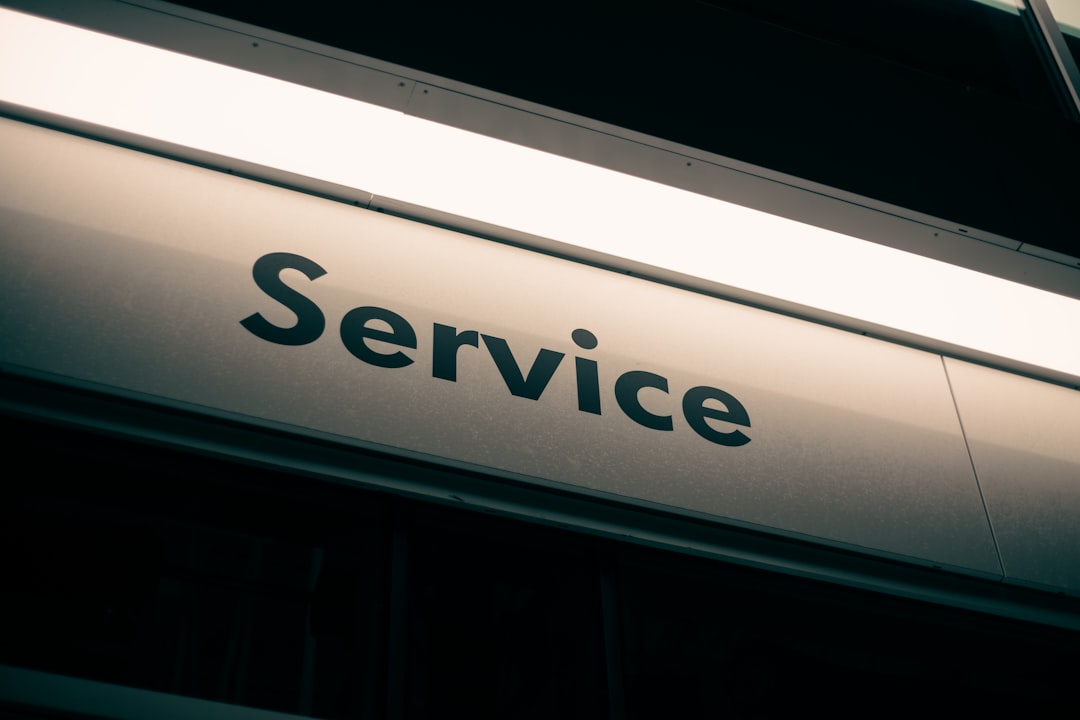What Do You Know About

When it comes to industrial water treatment, efficient and effective methods are crucial for ensuring the quality of the water and minimizing waste. One such method is the belt press, a popular choice among water treatment professionals due to its ability to handle large volumes of wastewater and produce high-quality effluent. In this article, we’ll delve into the world of belt presses, exploring their benefits, applications, and what to look for when purchasing one.
What is a Belt Press?
——————-
A belt press is a type of mechanical dewatering device used to remove excess water from wastewater sludge. It consists of a series of rollers and a filter belt that work together to squeeze out the water, leaving behind a thick, dry cake. The process is simple yet effective, making it a popular choice for industrial water treatment facilities.
Benefits of Belt Presses
————————
So, what makes belt presses so effective? For starters, they offer a high level of efficiency, capable of handling large volumes of wastewater and producing high-quality effluent. This is due to the unique design of the belt press, which allows for a high degree of water removal without compromising the quality of the effluent.
Another benefit of belt presses is their ability to produce a dry, thick cake that is easy to handle and transport. This is particularly important for facilities that need to dispose of the sludge in a responsible manner. Additionally, belt presses are relatively low-maintenance and easy to operate, making them a cost-effective solution for industrial water treatment.
Applications of Belt Presses
—————————-
Belt presses are used in a variety of industrial water treatment applications, including:
1. Municipal wastewater treatment: Belt presses are commonly used in municipal wastewater treatment facilities to remove excess water from wastewater sludge.
2. Industrial wastewater treatment: Belt presses are used in industrial settings to remove wastewater from manufacturing processes, such as textile and paper mills.
3. Mining and mineral processing: Belt presses are used in the mining industry to remove water from mineral processing sludge.
4. Food and beverage processing: Belt presses are used in the food and beverage industry to remove wastewater from processing operations.
What to Look for When Purchasing a Belt Press
———————————————
When purchasing a belt press, there are several factors to consider. Here are a few key things to look for:
1. Capacity: Consider the volume of wastewater your facility needs to handle and choose a belt press with the appropriate capacity.
2. Design: Look for a belt press with a robust design that can withstand the rigors of continuous operation.
3. Materials: Choose a belt press made from durable, corrosion-resistant materials that can withstand the harsh conditions of industrial water treatment.
4. Maintenance: Consider the maintenance requirements of the belt press and choose one that is easy to operate and maintain.
5. Energy efficiency: Look for a belt press that is energy-efficient and can help reduce your facility’s energy costs.
Purchasing a Belt Press: What to Expect
—————————————–
When purchasing a belt press, you can expect the following:
1. A comprehensive sales consultation: A knowledgeable sales representative will work with you to understand your facility’s specific needs and recommend the best belt press for your application.
2. A detailed product demonstration: You’ll have the opportunity to see the belt press in action and ask questions about its operation and maintenance.
3. A customized installation: The belt press will be installed at your facility, tailored to your specific needs and requirements.
4. Ongoing support: You’ll have access to ongoing support and maintenance services to ensure your belt press operates at peak efficiency.
Conclusion
———-
In conclusion, belt presses are a popular choice among industrial water treatment professionals due to their efficiency, effectiveness, and versatility. When purchasing a belt press, it’s essential to consider factors such as capacity, design, materials, maintenance, and energy efficiency. By choosing the right belt press for your facility, you can ensure the quality of your water and minimize waste.

 “Mastering the Art of Efficient Liquid Management: The Benefits of Dewatering Press Rental”
“Mastering the Art of Efficient Liquid Management: The Benefits of Dewatering Press Rental”
 The Tipping Bucket: Understanding the Science Behind Weather Forecasting
The Tipping Bucket: Understanding the Science Behind Weather Forecasting “College Living: A Guide to Finding the Perfect Off-Campus Ohio University Apartments”
“College Living: A Guide to Finding the Perfect Off-Campus Ohio University Apartments”